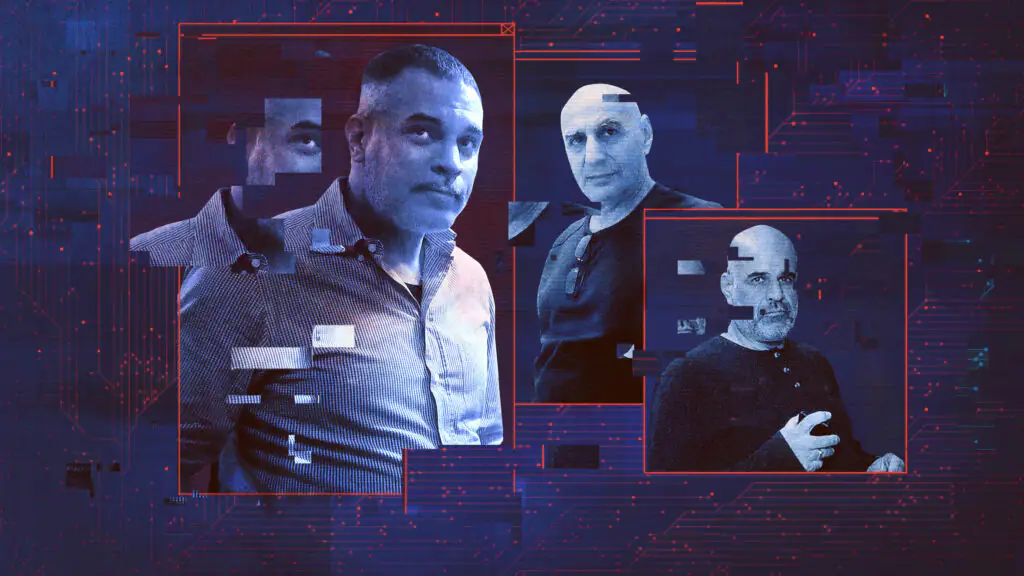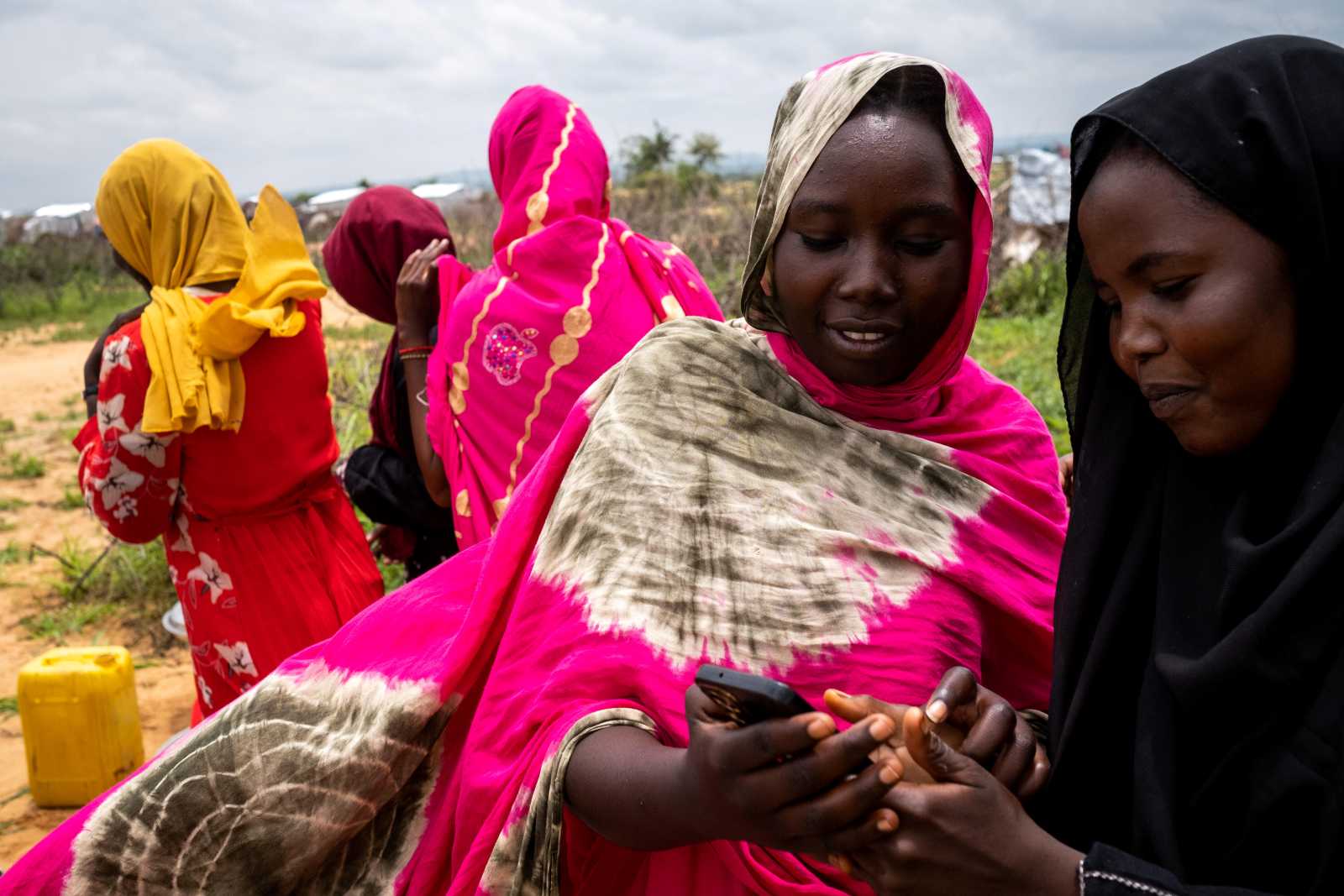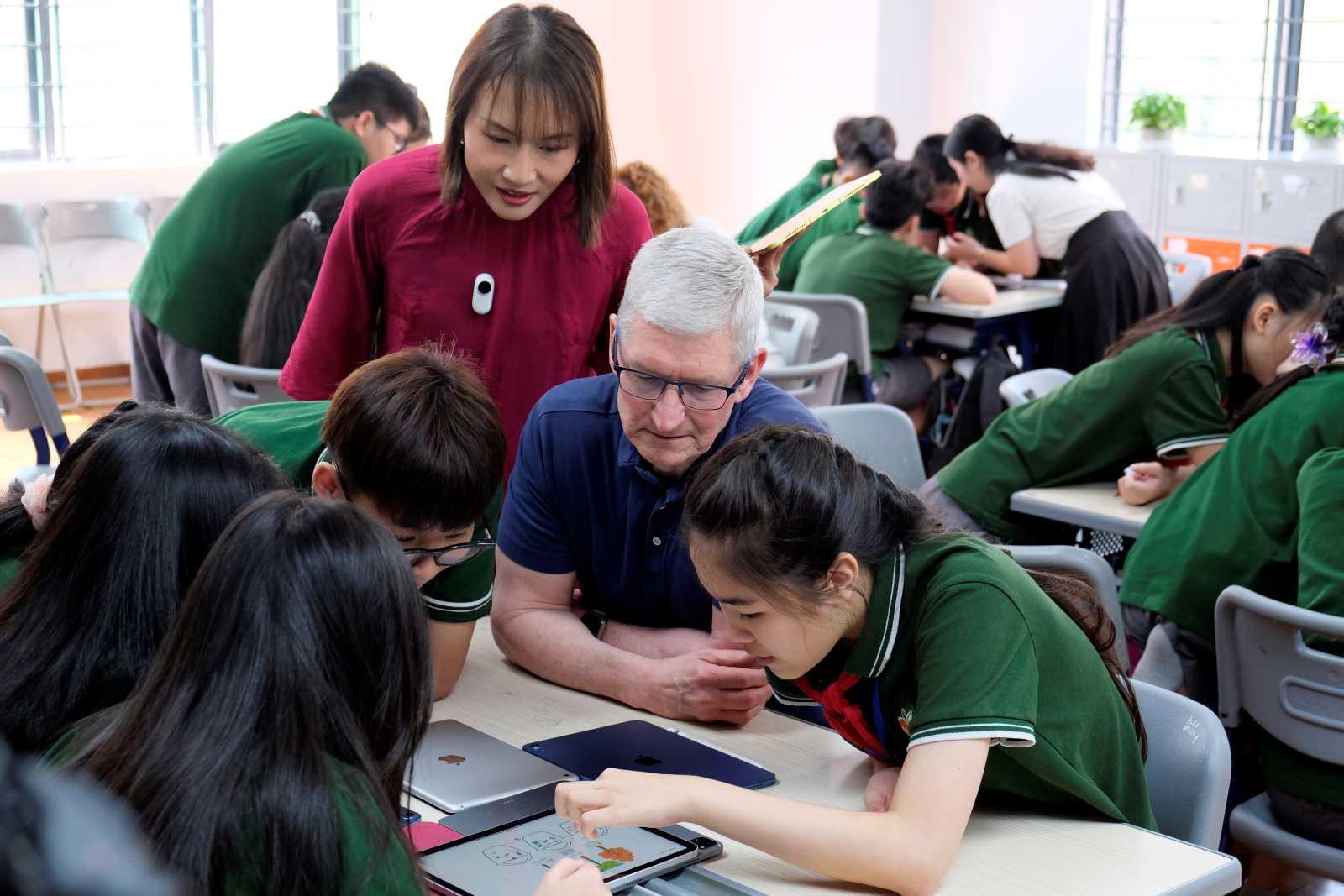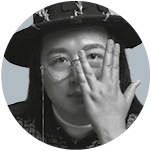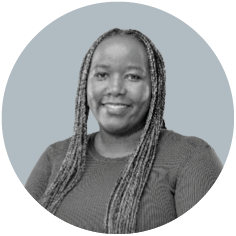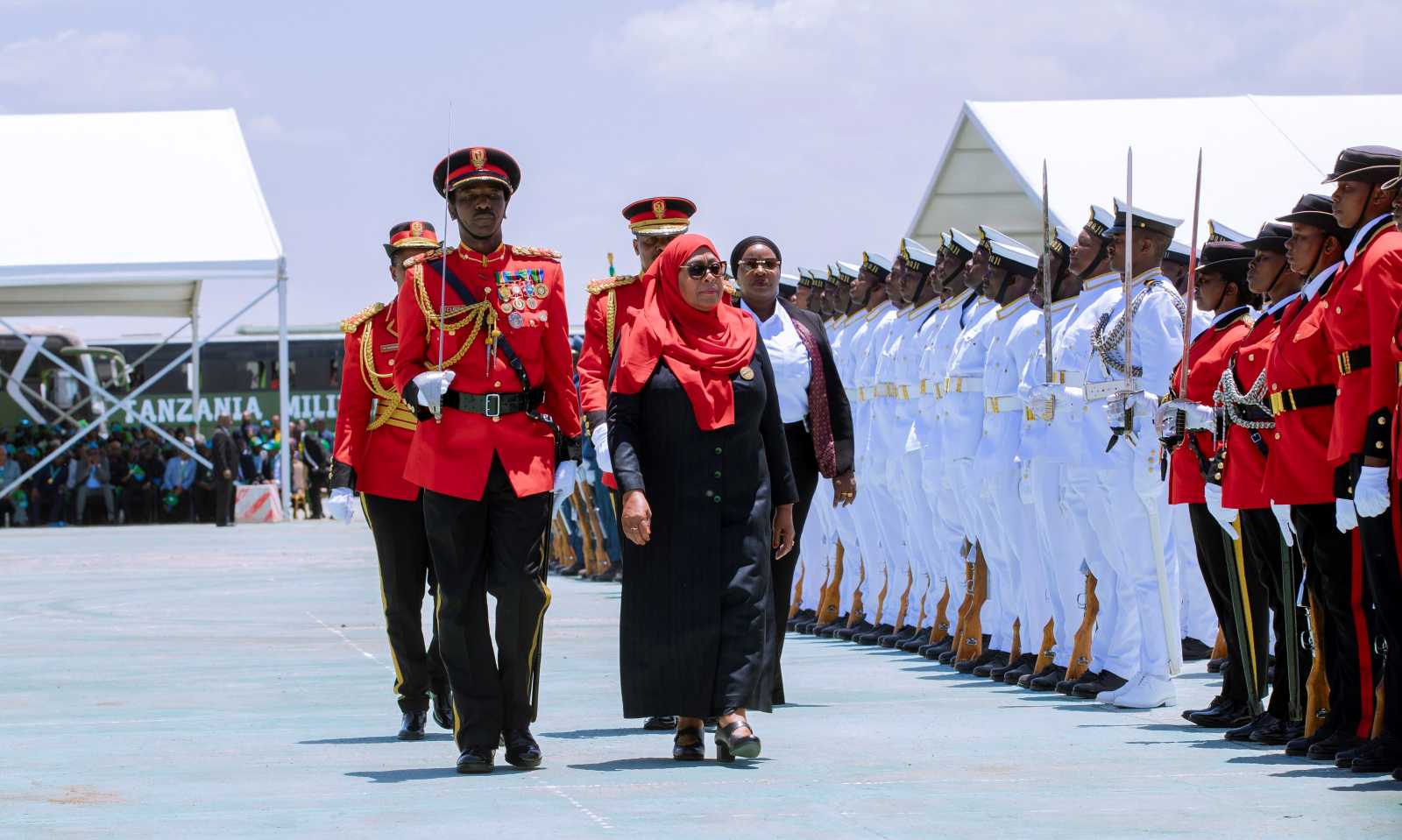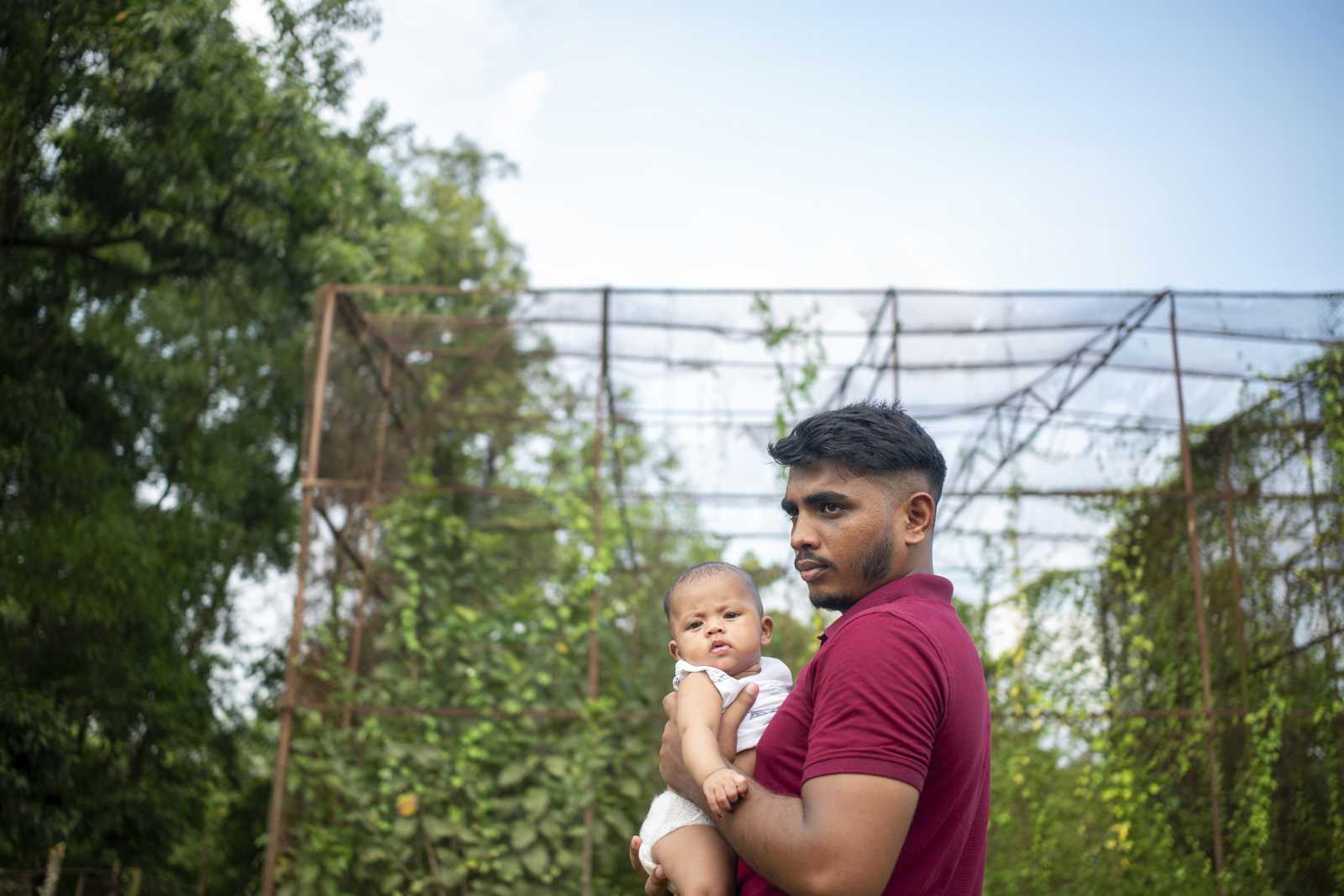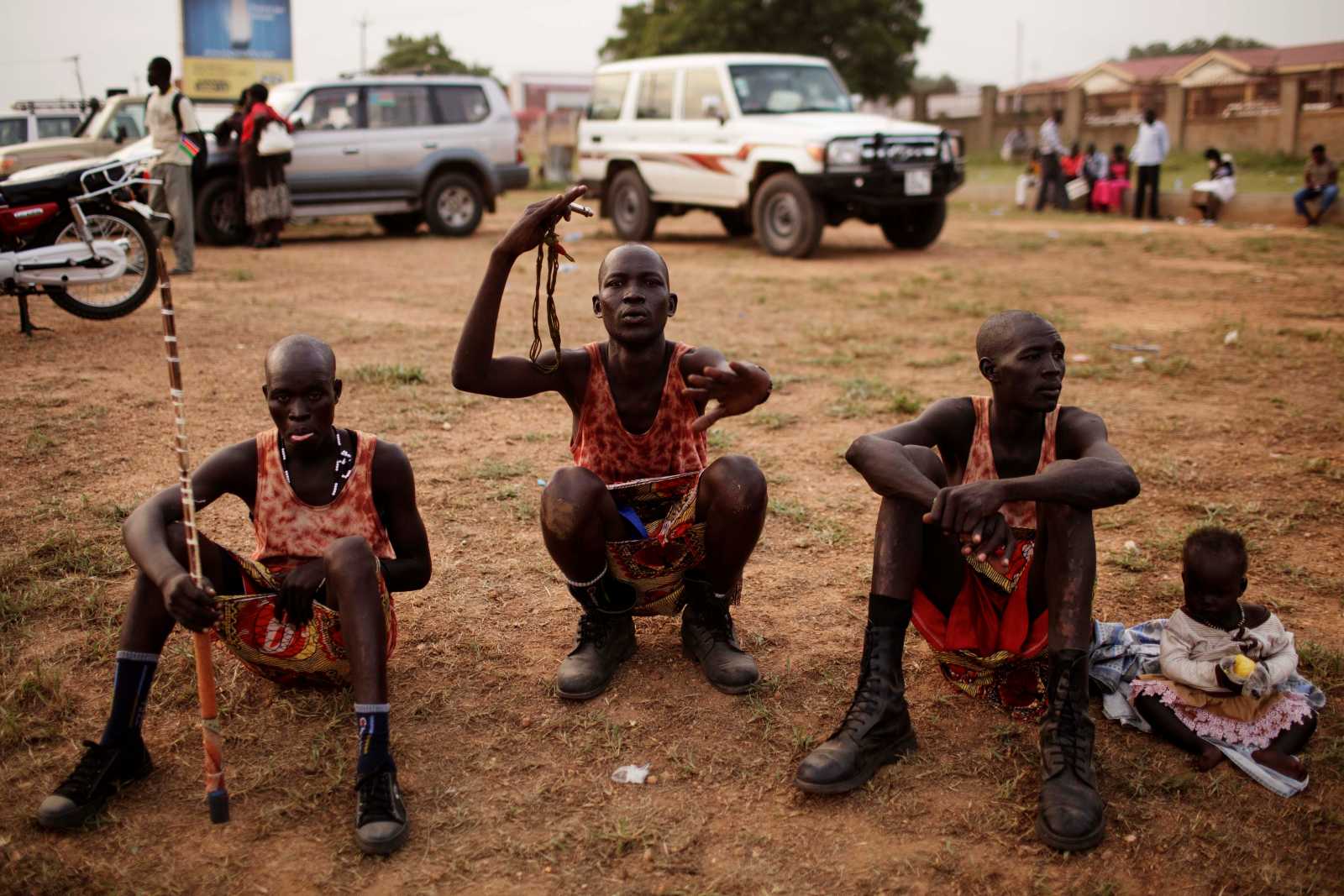Media literacy
How Finland is preparing its citizens for a world swamped by fake news

Kari Kivinen in an interview with Eva-Maria Verfürth
Experts worldwide have been calling for better media literacy to counter the spread of fake news. But while little has been done in many countries, Finland has actually taken action: In 2014, media literacy became part of the national curriculum for pupils of all ages. How were you able to take such decisive action?
It has to do with the Finnish education system, which is unique in many ways. We swim against the current global tide in education, which involves focusing on core subjects, competition and control. We place greater emphasis on general competencies than on testable knowledge. These competencies are outlined in the national core curriculum, which is regularly updated.
Finnish students’ performance has consistently scored higher than the OECD average and the socio-economic gap is narrower. Can you tell me more about the Finnish education system?
Every child in Finland has the right to free, quality education, regardless of where they live. We have a unified comprehensive school system to ensure that every child receives the same education and opportunities, the idea being for there to be no barriers: pupils receive free meals, books and transport. Teaching is a very popular profession, so universities are really free to pick the best candidates to train for this career. There is also a great deal of trust in schools, with heads and teachers themselves monitoring the quality of education rather than bringing in external inspectors to do so. I’ve been a head teacher in Finland myself and we take this side of the job very seriously.
What happened in 2014?
The new National Core Curriculum was introduced and multiliteracy became one of what we call “transversal education areas”. This means that every teacher, whether they teach PE, English or maths, is required to promote multiliteracy in all age groups.
Multiliteracy is defined as the ability to obtain, process and verify information. Why is this such a high priority?
In Finland, media and information literacy is considered a basic civic competence for democracy. It is promoted not only by schools, but also by libraries, NGOs and lifelong-learning institutions. And we foster this skill from an early age, as even most pre-school children have already been exposed to digital media: They have seen films and advertisements, listened to music, and some have played computer games. We want to show them how to use digital media devices in a balanced and civilised way.
Children in pre-school can’t even read or write. How can they reflect on media use?
The core question when it comes to identifying disinformation is simple: Is a piece of information true or not? Young children can start learning to distinguish between fact and fiction. For example, they can read fairy tales in class and discuss whether the story is likely to be true. In some fairy tales, cunning people or animals cheat others. This teaches another lesson: Some information you receive may not be true, but it is being used to harm you.
That’s very interesting – it may have nothing to do with the digital world, but it is very much about disinformation.
Yes, and this is something that even younger children understand very well. To explain the concept of disinformation to children, we reframe it: We call misinformation a mistake, disinformation a lie, and malinformation gossip. Children are usually very familiar with mistakes, lies and gossip in their daily lives. They learn that not all information is correct, and that it matters whether information is being spread with the intention of harming someone.
You’ve worked with the fact-checking organisation FaktaBaari to develop teaching materials for schools. What do these materials recommend?
Our aim during the FaktabaariEDU project was to apply the NGO’s professional verification methodology to a school environment. We reduced their long list of fact-checking steps to three main questions that help determine whether information is trustworthy:
- Who is behind the claim? Is it a trustworthy source?
- What evidence is there to support the claim?
- What do other sources say about it?
We recommend that if you’re not sure whether a claim is true, you should try to find information from other sources that substantiate it. If you can’t find anything from reliable sources, then the claim is probably false. Don’t share it.
What would you consider a “reliable” source?
That’s a very important question. In fact, it is not only important to warn people about disinformation – it is almost equally important to teach them which sources are reliable. For example, most scientific sources and quality media can be trusted, because journalists and scientists adhere to ethical standards. Today, even Wikipedia has become a fairly reliable source of information, especially in its major language versions. But we recommend not to use it as the only source, but to check somewhere else as well.
Studies suggest that Wikipedia is even comparable nowadays to other online encyclopaedias in terms of accuracy.
It’s true that misinformation on Wikipedia tends to be corrected quite quickly. That’s why Elon Musk is so keen to crack down on it.
In everyday life, even I don’t check every piece of information I receive, as it’s just not feasible. What would you recommend to make sure I remain critical?
If a claim, image or video you come across online triggers a strong emotional response, be wary: Stop, think and then check! While a lot of online disinformation is fairly harmless, the images or claims that affect us emotionally are the most dangerous. Shock elements are used strategically because our actions tend to be guided by instinct rather than reason when we are scared or angry.
Finland has ranked number one in the European Media Literacy Index for several years in a row. Have you achieved your goal or is there still more to do?
Digital literacy is an ambitious goal. Even though we rank highly, research by the Finnish CRITICAL project shows that 40 % of 12-year-olds in Finland cannot clearly distinguish between commercial and factual information. Most young people can’t interpret misleading graphs, and almost a third of high school students have trouble judging the reliability of texts. So, even though Finland performs quite well on average, there are significant digital gaps. Especially the heterogeneity of students poses challenges. For example, it is more difficult to reach young people who are not fluent in Finnish and who receive adapted schooling. There’s also a large Russian minority population living in Finland, who tend to follow media from Russia. However, it is absolutely crucial for every young person to have critical digital literacy skills – even more so in today’s age of artificial intelligence. We are also very concerned about the rise of TikTok and hope that we can teach our children how to deal with it.
How do you hope to achieve this?
Young people are getting their information from different sources than their teachers, using for example TikTok, Snapchat and WhatsApp. We need to close this gap. Since we cannot force students to seek information from other sources, all we can do is train teachers and parents to try to understand young people.
You’re now working for the EU at EUIPO and are involved in updating the Digital Competence Framework for citizens. Should other European countries follow the Finnish example?
What we have done can’t easily be replicated in other countries, but the EU targets can serve as a guideline. The EU has set an ambitious target, specifying that at least 80 % of the adult population should be digitally literate by 2030. Being digitally literate is defined as citizens being aware that online information contains misinformation and disinformation, that they are able to recognise sponsored content, know how to analyse search results and are willing to fact-check information. EU countries should try to find ways to gradually build these skills in their respective education systems. There’s a huge need for this to happen: According to the OECD, only a little over half of 15-year-olds in the EU are being taught how to detect whether information is fact or opinion. Yet this distinction is an important prerequisite for identifying fake news: Facts can be verified, opinions cannot.
Finland has a solid and well-funded education system, but many countries do not. What can they do to prepare their citizens for the disinformation they will encounter?
Children who read a lot are better able to identify fake news than their peers. Therefore, I would recommend that children are first taught to read and write properly. If you can’t read fluently and rely on visual information from TikTok, you won’t be able to verify information. Secondly, teachers should start evaluating online information with their pupils from an early age, rather than waiting until upper secondary school. That said, I do acknowledge that teaching media literacy can be very challenging in some countries.
For example?
I’ve trained teachers from the United States. In many cases, students’ parents are either Democrats or Republicans, and if a teacher warns about misinformation from one side or the other, the parents often take it as an insult. It’s very delicate. Media literacy teaching has been often outsourced to librarians.
What about countries where information is censored, or where the government itself is interested in spreading disinformation?
Information is global these days. Consider this: Finland shares a 1,340 km border with Russia that is closed; nothing physical crosses it, but online content does all the time. Fake news and reliable, balanced information both cross borders. In countries with limited access to independent information it is even more important for people to actively seek out reliable sources. The internet offers the opportunity to check information from multiple sources. Indeed, this may be the key to verification around the world: Don’t just listen to one filter bubble; always try to see the bigger picture.
Links
FaktaBaari:
faktabaari.fi/in-english/
European Commission DigComp 2.2: The Digital Competence Framework for Citizens – With new examples of knowledge, skills and attitudes.
publications.jrc.ec.europa.eu/repository/handle/JRC128415
Kari Kivinen is an education outreach expert at the European Union Intellectual Property Office (EUIPO) and a former Secretary-General of the European School system. From 2016 to 2020, he was the head of the French-Finnish School of Helsinki, and he promotes AI and digital literacy through the Finnish fact-checking and digital information literacy NGO FaktaBaari.
kivinen.wordpress.com



